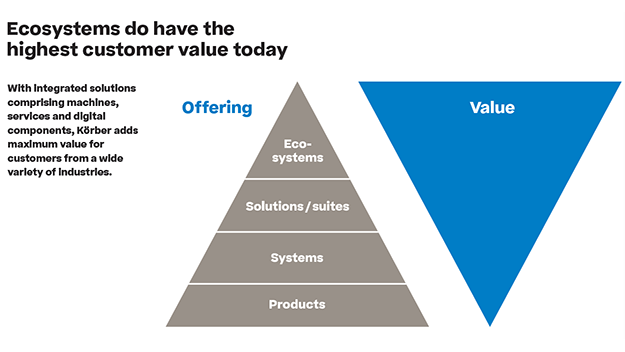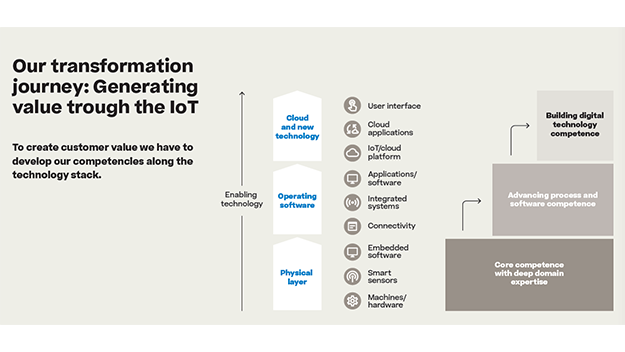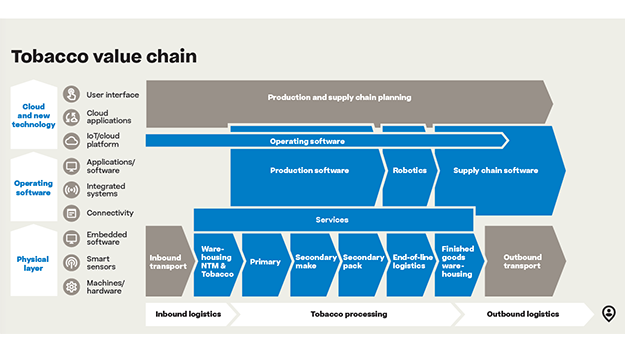The distance a combustible cigarette or HTP product travels from its creation to its use is long. First, the necessary raw tobacco has to be produced, purchased and transported in the Primary. From there, filter and rod maker combine the final stick, which in the next steps is wrapped, packed and transported to the warehouse. From there, the finished pack finally reaches its destination, usually via retail centres, supermarkets or drugstores.
The efficiency potential along the entire value chain is correspondingly diverse. For example, if you want to achieve greater sustainability in waste avoidance, material use and energy consumption, you have to keep an eye on raw material extraction and procurement as well as transport and logistics, production and distribution. Optimization in all these areas is interdependent - and yet so far, they have mostly been managed, evaluated and optimized in isolation.
The emphasis is on so far. This is where E2E comes into play, which has been the great promise of Industry 4.0 for years. E2E, which stands for end-to-end, describes nothing other than the end of all process silos - and not just horizontally, i.e. along the areas within each silo. “Particularly vertically, i.e. concerning and connecting all digital and physical processes within a product cycle, E2E can provide a quantum leap in transparency and efficiency,” says Rami Jokela, Chief Sales Officer (CSO) of the Körber Group. “The highest optimization potential for customers today no longer lies in individual products, but in a functioning ecosystem.”
Since last year, this promise has already become reality in many places. Körber is currently working on E2E solutions with customers in the tobacco sector, as well as business cases in the Körber Business Areas Pharma, Supply Chain and Tissue. Interest is great - and has increased significantly in the wake of the COVID-19 pandemic.
On the one hand, this is due to the largely exhausted optimization margin within the specific value chain - companies are therefore increasingly looking for new ways to advance their future business in the era of 4.0, in which almost everything is integrated, automated and connected.
On the other hand, the digitization push resulting from COVID-19 has strengthened the willingness worldwide to create a comprehensive ecosystem for digitized manufacturing planning that integrates all levels and players - regardless of which provider the customer prefers. The high innovation momentum in the technology areas of artificial intelligence (AI) and automation, cloud computing and 5G network is doing the rest. Whereas data exchange between business units used to take months, it is now possible within seconds.
The decisive factor in implementation is an integrated solution approach that enables the smooth compatibility and networking of all areas involved. As a strategic partner with comprehensive pro-cess expertise, Körber offers customized E2E models “from a single source” - from physical manufacturing and operating systems to cloud and AI-based monitoring models. “Synchronizing data and software, apps and interfaces in industrial manufacturing is a highly complex task that also requires new thinking in management and business units,” explains Rami Jokela.





